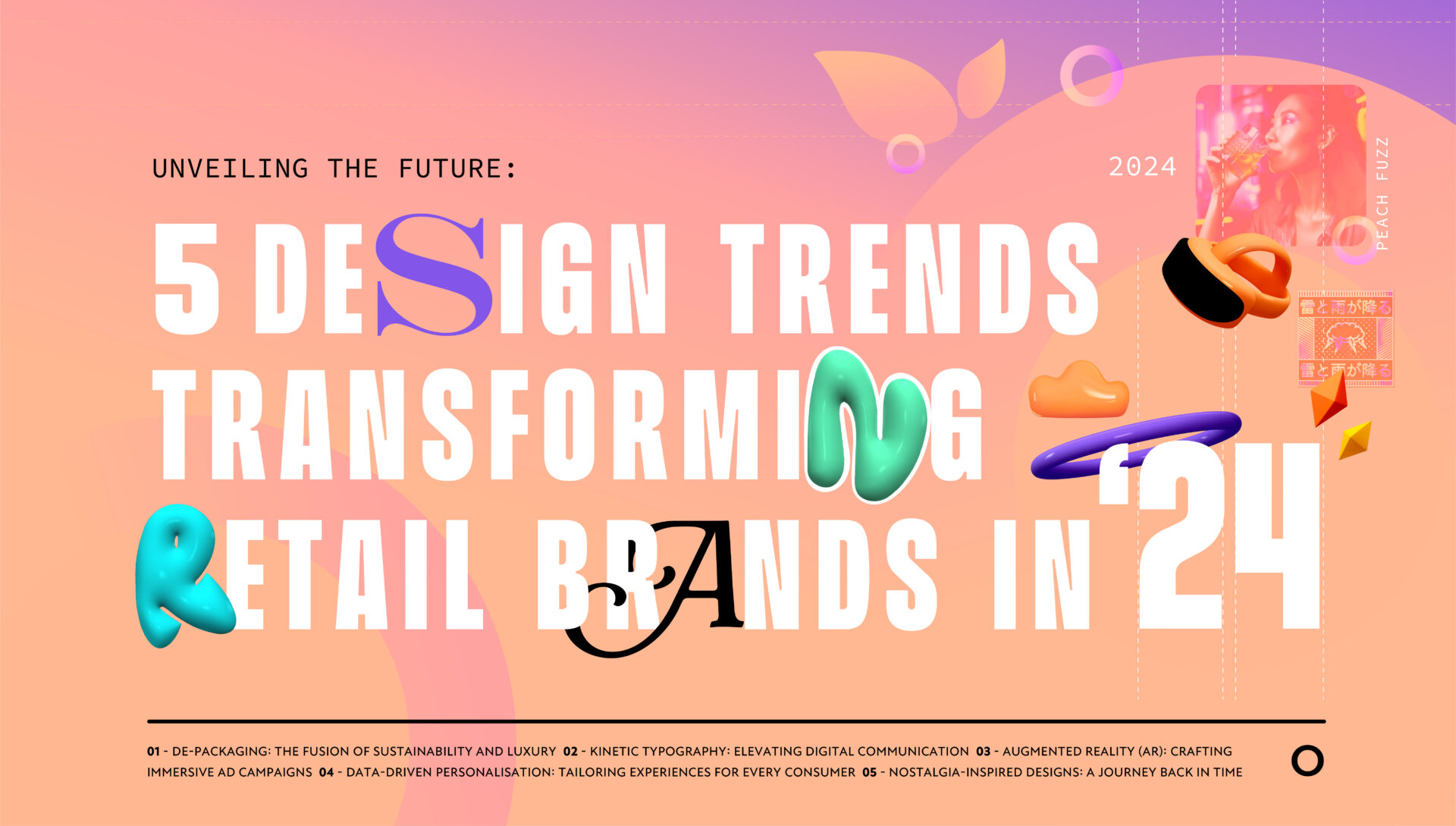Shining a light on LGBTQ+ iconography
From capsule collections and limited edition rainbow-inspired designs, to collaborations with artists, brands have demonstrated solidarity with the LGBTQ+ community during Pride Month 2022.
As a creative business, we pride ourselves on being at the heart of what people care about and, to mark Pride Month, we commissioned a collection of designs celebrating the cultural significance of iconic symbols within the LGBTQ+ community.
Created by senior designer Adam Gerstner, the suite of images is built around the widely-recognised rainbow flag. Adam says: “That was the starting point – the original design by Gilbert Baker with the 8 colors. I wanted the images to capture the original intent of the rainbow flag and celebrate the significant moments in the community’s history.”
What struck Adam most was how many symbols there were to represent the LGBTQ+ community – “it was impossible to focus on just one symbol”, he says.
Starting with the rainbow flag as a hero image, the treatment for the collection was influenced by the colors within the original design and the 8 sequential images were to be inclusive of the whole community, seeking to “breathe love and life into them”, Adam adds.
They’re also designed to create an impact as a suite, filling our Instagram feed with the rainbow colors.
The Collection:
The Rainbow Flag:
The rainbow is the widely known symbol of gay pride. But do you know the symbolism of the icon?
Each stripe of the rainbow represents a sector of the LGBTQ+ community, but there are many variations of the Pride flag that have been adopted. Most commonly, you’ll see the flag featuring six colours – red, orange, yellow, green, blue, purple – however, the original flag also included pink and turquoise.
Gilbert Baker was commissioned to create a flag for the 1978 San Francisco Gay Freedom Day Parade and chose a rainbow as something natural and beautiful to represent togetherness. Each colour in the flag has a specific meaning.
The Pink Triangle:
The pink triangle is known today as a symbol of gay pride but it does have a darker past. It originated in Nazi Germany when soldiers persecuted gay men and forced them to wear an inverted pink triangle to identify and shame them. However, decades later activists reclaimed the symbol as one of liberation and solidarity. The pink triangle was later used to raise awareness of another threat to the gay community – the public health crisis of HIV/AIDS of the 1980s.
Equals:
The ‘equals’ sign is synonymous with the fight for equality. It’s the logo of the Human Rights Campaign, the USA’s largest LGBT civil rights organisation. The original logo depicting a yellow equals sign against a blue background was turned red – for love – in 2013 as part of the HRC’s viral campaign to raise awareness of landmark marriage equality cases at the Supreme Court.
Gender Symbols:
The ancient Roman symbols of Venus, the goddess of love and beauty, and Mars, the god of war, are known to represent the female and male sex. The double Venus, the two interlocking female symbols, represent the lesbian community and the double Mars representing the gay male community. The first transgender symbol combines elements of both the male and female, was designed in 1993 by writer and activist Holly Boswell.
Bisexual Triangles:
The ‘bi-angles’ symbol of two triangles – one pink, one blue – overlapping to create purple has been adopted to represent bi-pride specifically. It’s a symbol that originated before the bi-sexual pride flag and was designed by Michael Page in 1998. The activist wanted to create a recognisable symbol specifically for the bi-sexual community to identify with and to communicate inclusivity.
Green Carnation:
The green carnation became a gay symbol in the 19th century credited to Oscar Wilde. It hinted at homosexuality at a time when it was illegal. Wilde encouraged his friends to wear a green carnation in their lapels on the opening night of his play, Lady Windermere’s Fan. It became associated with Oscar Wilde and his group.
Lambda Greek symbol:
The Greek letter lambda was chosen by the Gay Activist Alliance as a symbol for the gay movement in 1970. The origins of its choice are unclear – some suggest it’s because that, in physics, lambda means change. Others lean to the Greek meaning of lambda as symbolising justice and reconciliation. It was, however, a symbol synonymous with the gay liberation movement in the seventies.
Double-Head Axe
The double-head axe, known as Labrys, was adopted by the lesbian community in the 1970’s. It’s said to represent both the strength and feminism of homosexual women. In Greek and Roman mythology, the labrys was often associated with female goddesses, further supporting the symbolism of strength, and representing both lesbian pride and lesbian feminism.
Violets:
Violets have been associated with gay women since Sappho, who often referred to the flowers in her poetry. The symbol rose in popularity after a 1926 play, The Captive by Edouard Bourdet, showed a woman giving another woman a bouquet of violets as a symbol of her love.
Adam found that the symbols that really had an impact on him, when creating the designs, were the pink triangle and the lambda icon. The pink triangle due to its huge change in meaning and the historic moments associated with it, and the lambda for its outward expression of love.
Adam says: “As I was creating the designs a quote kept coming to mind: ‘never let anyone dim your light’ and it certainly inspired these designs. I hope to have created illustrations with a power to them and with a light that shines through the images.”
















